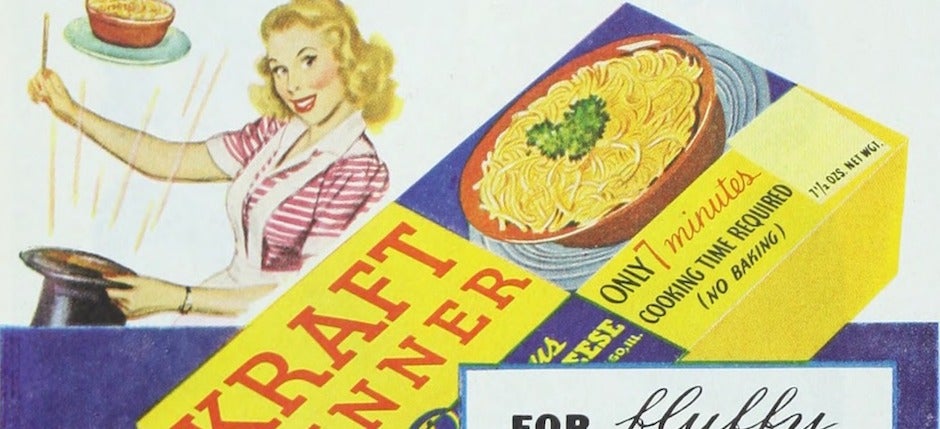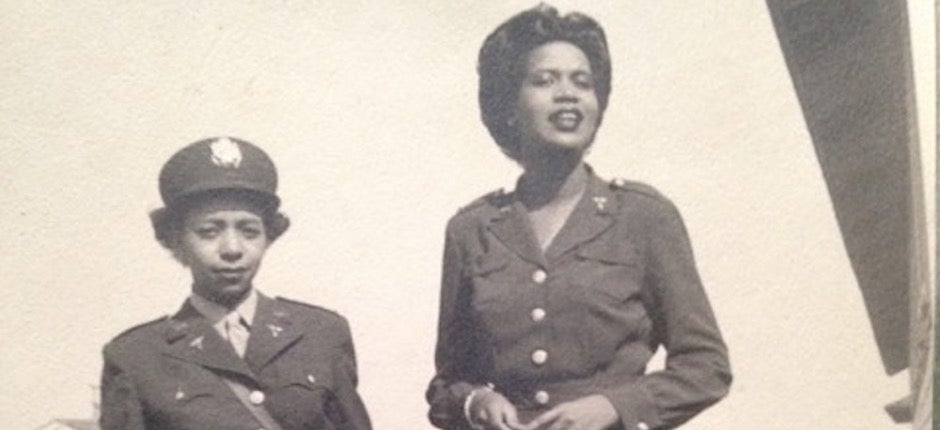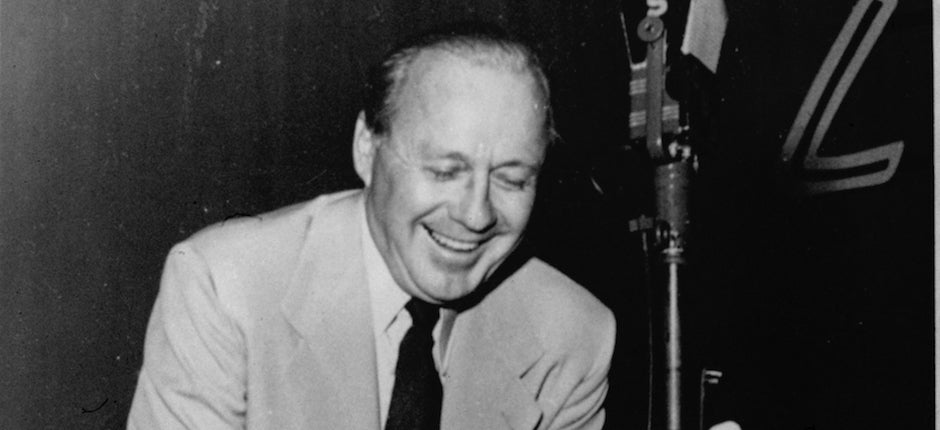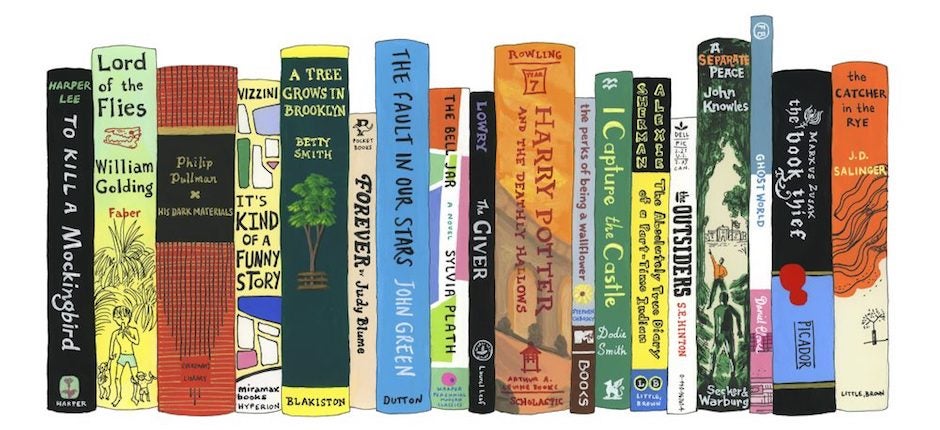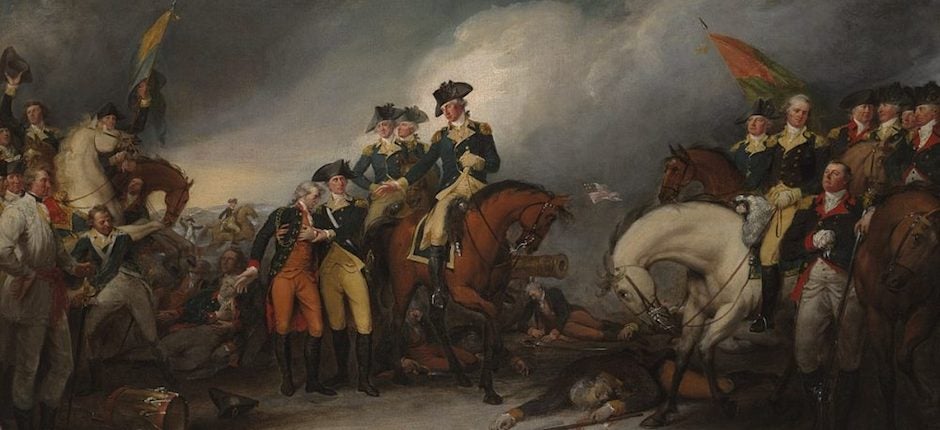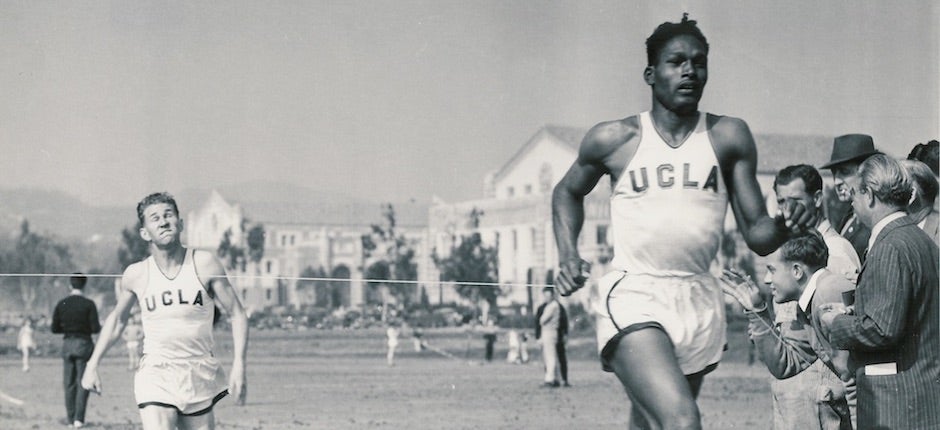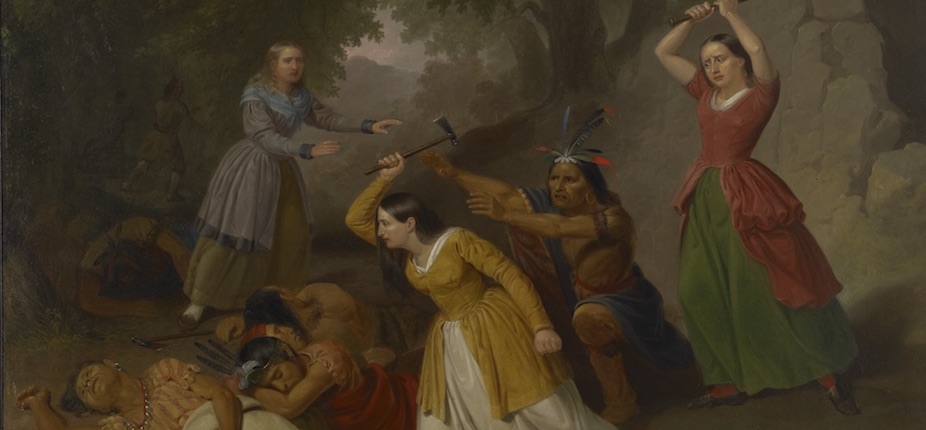Is Ketchup the Perfect Complement to the American Diet?
More Than Just a Condiment, It Helped Revolutionize How Food Is Grown, Processed, and Regulated
Ketchup is arguably the United States’ most ubiquitous condiment. 97 percent of Americans have a ketchup bottle in the fridge, usually Heinz, and we buy some 10 billion ounces of the red stuff annually—almost three bottles per person per year. We purportedly spend more money on salsa, but in terms of sheer volume ketchup comes out on top.
Bright red in color, tangy, sweet, salty, and replete with a “meaty,” tomato-ey umami hit, ketchup provides accents of color and flavoring, …




